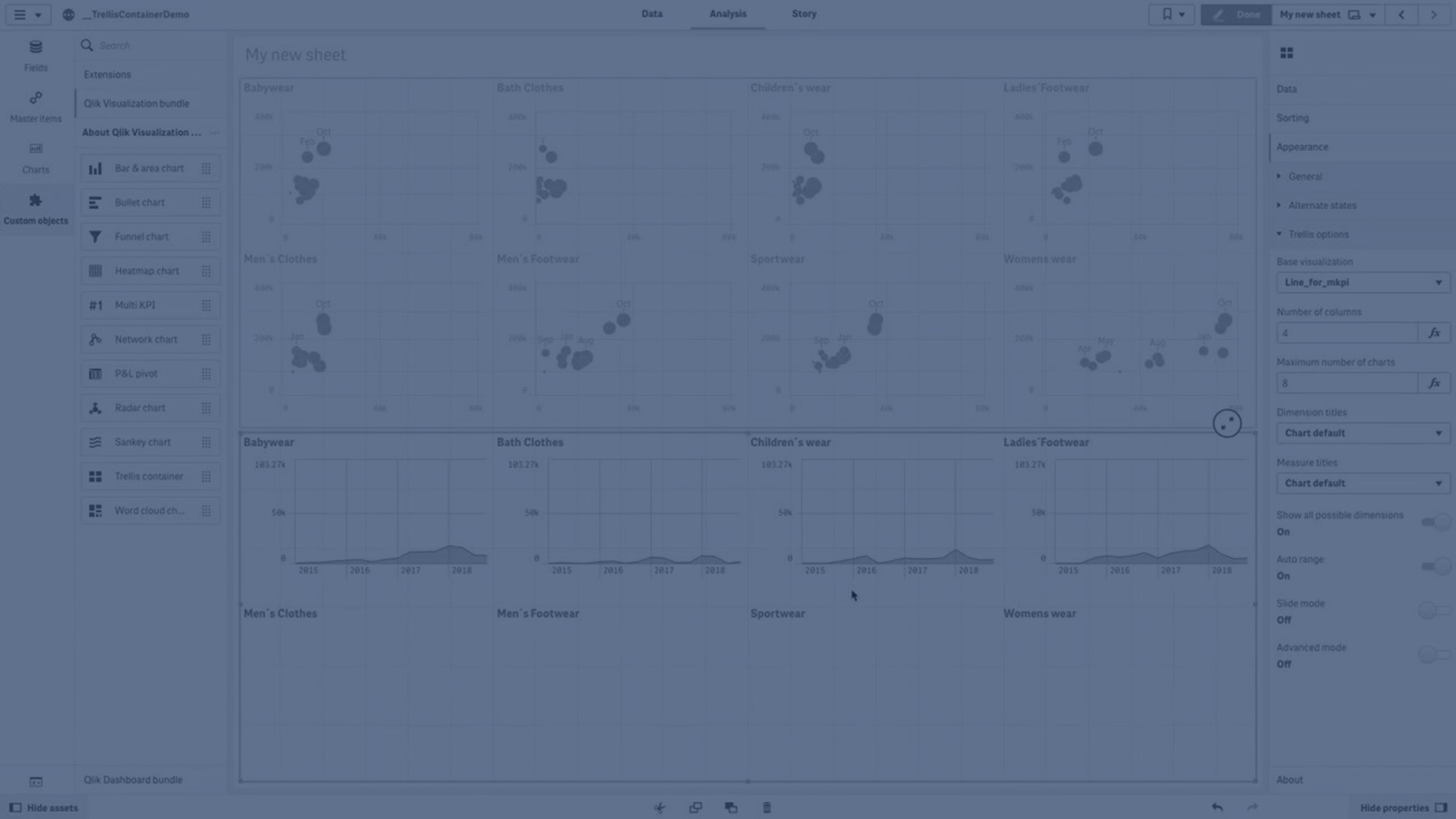Dimension
In Analytics Services:
A dimension is an entity used to categorize data in a chart. For example, the slices in a pie chart or the bars of a bar chart represent individual values in a dimension. Dimensions are often a single field with discrete values, but can also be calculated in an expression.
Similar terms: Category, group
See: Data grouping with dimensions
In Data Integration:
A dimension is a dataset in a data mart that forms part of the star schema. Dimension datasets hold the descriptive information for all related fields that are included in the fact table’s records. A few common examples of dimension datasets are Customer and Product. Since the data in a dimension dataset is often denormalized, dimension datasets have a large number of columns.
See: Creating and managing data marts


